The Art of Crafting Compelling Narratives | What is YOUR Story?
Every compelling story—whether it's a novel, a film, a play, or even a viral ad—relies on five essential elements. These are the building blocks of narrative, shaping how a story unfolds and how it resonates with an audience.
“Let me tell you a story…”
The moment you hear those words, something inside you perks up. Maybe it’s curiosity, maybe it’s anticipation, but whatever it is—it’s instinctual. Stories have been with us since the dawn of humanity, LOOOONG before we had books, films, or podcasts. Around campfires, through myths, and now on our screens; stories help us make sense of the world.
Whether you’re an aspiring writer, filmmaker, podcaster, or even a marketer, storytelling is your most powerful tool. A well-crafted story can entertain, teach, inspire, and even change the way people see the world. And the best part? Anyone can learn to tell a great story.
The Foundation of Storytelling
Why Are We Wired for Stories?
Imagine this: You’re sitting around a fire thousands of years ago, listening to an elder tell a tale of a great hunt. As they speak, you can see the hunter crouching in the tall grass, feel the tension as the spear is raised, and hold your breath as the moment of attack arrives.
Why does this story grip you? Because our brains are built for it.
Neuroscientists have found that stories activate multiple parts of our brains—far more than plain facts ever could. When you read or hear a story, your mind doesn’t just process the words; it lives the experience. That’s why you get lost in a good book, cry during a movie, or feel chills when you hear a powerful speech.
Stories aren’t just entertainment. They’re how we connect, learn, and remember.
The Power of Storytelling in Different Fields
Stories aren’t just for books and movies. They drive everything from branding to journalism. Let’s take a look at a few examples:
- Business & Marketing: Think about Apple. They don’t just sell technology—they sell creativity, rebellion, and innovation. Their ads don’t list specs; they tell stories of people thinking differently.
- Social Movements: Movements like #MeToo and Black Lives Matter gained momentum through storytelling. Personal narratives created empathy and inspired action.
- Teaching & Leadership: The best teachers and leaders don’t just give information—they tell stories that make their lessons stick.
Wherever there are people, there’s a need for storytelling.
5 Core Elements of a Solid Story
Every compelling story—whether it's a novel, a film, a play, or even a viral ad—relies on five essential elements. These are the building blocks of narrative, shaping how a story unfolds and how it resonates with an audience.
1. Character: The Beating Heart of Any Story
A story isn't just about what happens; it's about who it happens to. At its core, every great narrative is a journey—one that follows a character as they face obstacles, make choices, and ultimately change in some way.
"You either die a hero or you live long enough to see yourself become the villain."
— Harvey Dent, The Dark Knight
Great characters aren’t just props for the plot; they drive it. Think about Walter White in Breaking Bad. He starts as a high school chemistry teacher diagnosed with terminal cancer, desperate to secure his family's future. But his journey doesn’t stop there—his choices lead him down a path of corruption, transforming him into a ruthless drug kingpin. That evolution is what makes his story unforgettable.
Creating a Strong Character
When crafting characters, ask yourself these key questions:
- What do they want? (Their Goal)
- Every compelling character has a desire. It could be external (winning a war, getting the girl, solving a mystery) or internal (finding self-worth, overcoming trauma, reconciling with the past).
- Example: In The Pursuit of Happyness, Chris Gardner wants financial security and a better life for his son. That goal propels the entire movie forward.
- What’s stopping them? (Their Obstacle)
- Conflict fuels character development. Without struggle, there’s no growth.
- Example: In Forrest Gump, Forrest’s biggest obstacle isn’t just the external challenges he faces (war, heartbreak, loss), but his struggle with understanding the world around him.
- How do they change by the end? (Their Arc)
- A well-written character should be different at the end of the story than they were at the beginning.
- Example: In The Godfather, Michael Corleone starts as a reluctant outsider to the family business. By the end, he has become the cold, ruthless head of the mafia.
Key Takeaway: Characters don’t have to be likable, but they must be interesting. Flaws, fears, and contradictions make them real.
2. Plot: The Blueprint of a Story
A story needs movement—a sense of progression that keeps the audience engaged. A well-structured plot ensures that a story doesn’t meander aimlessly but instead builds toward a meaningful resolution.
The Classic Three-Act Structure
Most stories follow a structure that consists of three main parts:
- Act 1 (Setup) – Introduce the world, the characters, and their main problem.
- Act 2 (Conflict) – The protagonist faces obstacles, challenges, and tension builds.
- Act 3 (Resolution) – The climax unfolds, decisions are made, and the story reaches its conclusion.
"May the odds be ever in your favor."
— The Hunger Games
Take The Hunger Games as an example:
- Act 1: Katniss Everdeen volunteers as tribute. She is thrown into a brutal survival game.
- Act 2: She faces deadly challenges, forms alliances, and struggles with moral dilemmas.
- Act 3: She outwits the Capitol’s rules, forcing a dramatic and rebellious conclusion.
Not all stories fit into this formula perfectly, but this structure provides a strong foundation for pacing and tension.
Key Takeaway: A plot should be unpredictable yet inevitable—meaning every twist should feel surprising but make sense in hindsight.
3. Conflict: The Engine That Drives a Story
No conflict? No story. Conflict is what keeps an audience invested—it creates tension, drama, and stakes that make the journey worth following.
Imagine Lord of the Rings without Frodo struggling against temptation. Imagine Romeo and Juliet without feuding families. Without conflict, stories become flat and lifeless.
Types of Conflict in Storytelling
- Character vs. Character (External Conflict)
- Example: Batman vs. The Joker (The Dark Knight)—one represents order, the other chaos. Their ideological battle fuels the entire movie.
- Character vs. Self (Internal Conflict)
- Example: Tony Stark (Iron Man) battles his ego and learns to become selfless. His real enemy isn’t an external villain—it’s his own arrogance.
- Character vs. Society (The System or Norms)
- Example: Katniss (The Hunger Games) challenges the oppressive government.
- Character vs. Nature (Survival Against the Elements)
- Example: The Revenant—Leonardo DiCaprio’s character struggles to survive in the brutal wilderness.
Key Takeaway: The best conflicts force characters to grow. How they respond to conflict shapes their journey.
4. Theme: The Deeper Meaning
A theme is the why behind the story—the message or idea that lingers long after the plot is resolved.
"Everything the light touches is our kingdom."
— The Lion King
Some stories have clear, overt themes, while others weave them subtly into the narrative.
Examples of Strong Themes
- The Lion King → Finding your place in the world
- To Kill a Mockingbird → Racism and moral courage
- Harry Potter → The power of love and friendship
Themes aren’t always spelled out; they are felt. If you remove all direct mentions of a story’s theme, but the idea still shines through, it’s working.
Key Takeaway: Theme gives a story emotional weight—it’s what makes a tale resonate long after it’s over.
5. Setting: More Than Just a Backdrop
A good setting isn’t just a place—it’s an atmosphere, a mood, and sometimes even a character in its own right. (If you follow the Storytects Podcast, you know that the setting of a story is one of the 4 key components to crafting your storyworld).
"Mornings are for coffee and contemplation."
— Stranger Things
The 1980s setting in Stranger Things isn’t just nostalgic—it enhances the story’s supernatural mystery. The neon-lit mall, the synth-heavy soundtrack, the small-town vibe—it all adds depth to the experience.
What Makes a Strong Setting?
- Vivid Details – Make the reader feel like they’re there. (“The cold wind cut through his coat like a knife.”)
- Connection to the Story – A horror story set in a bright, sunny meadow? Probably not.
- Used for Emotion or Tension – Rainy funeral scenes are classic for a reason.
Some settings are even characters themselves:
- Hogwarts (Harry Potter) – A place of wonder and danger.
- Gotham City (Batman) – A grim, corrupt, crime-ridden metropolis.
- The Overlook Hotel (The Shining) – A haunted, malevolent force in itself.
Key Takeaway: A well-crafted setting enhances the story’s themes and tone.
Final Thought: Storytelling in Action
A great story isn’t just about character, plot, conflict, theme, and setting—it’s about how these elements work together to create an unforgettable experience. But just as important as what you tell is how you tell it.
A novel immerses readers in a character’s thoughts, while a film relies on visuals and sound. A podcast builds tension through voice, and a game allows the audience to shape the story themselves. Each medium shapes the narrative in its own way, presenting unique opportunities and challenges.
Mediums & Their Unique Challenges: How Storytelling Changes Across Platforms
A great story can be told in many ways, but the way it’s told depends on the medium. Each storytelling platform—whether it’s a novel, a film, a podcast, or even a video game—has its own strengths and limitations. Understanding how each medium shapes a story is crucial to crafting narratives that resonate.
Books & Blogs: The Power of the Written Word
Strength: Inner Thoughts & Deep World-Building
The written word gives storytellers a unique advantage—it allows readers to step inside a character’s mind. In a novel or a blog post, an audience isn’t just watching a story unfold; they’re experiencing it from the inside out, feeling every emotion, thought, and sensory detail the character does.
"It was important, Dumbledore said, to fight, and fight again, and keep fighting, for only then could evil be kept at bay, though never quite eradicated."
— Harry Potter and the Half-Blood Prince
Books and blogs also allow for rich world-building. In Harry Potter, J.K. Rowling takes entire pages just to describe the grandeur of Hogwarts, making it feel as real as any place we’ve actually visited. In novels, there’s no limit to how deep you can go into a world’s lore, history, and characters.
Challenge: No Visuals—Everything Relies on Description
The flip side? There are no visuals or sound to enhance the experience. Everything—the mood, the setting, the emotions—must be conveyed through language alone.
Consider these two ways of introducing a setting:
- Weak description:
“The room was big and messy.” - Strong description:
“Stacks of crumpled paper covered the floor, and dust motes danced in the streaks of morning light. The walls were lined with bookshelves, some sagging under the weight of forgotten tomes, others empty as if their contents had been hastily removed.”
Which one makes you feel the space more? That’s the power—and the challenge—of writing.
Key Takeaway: Writing requires precision. The right words can create entire worlds, but if description is weak, the world stays flat.
Film & TV: Show, Don’t Tell
Strength: Visual and Audio Storytelling
Movies and television allow for a storytelling experience that’s completely immersive—combining sight, sound, and movement to create an emotional impact that’s impossible in other mediums.
Take Mad Max: Fury Road. The entire film is practically dialogue-free, yet we understand everything about the characters, stakes, and emotions through visual storytelling. Furiosa’s desperation, Max’s inner conflict, and Immortan Joe’s oppressive rule—all of it is conveyed through expression, cinematography, and action, not words.
A well-crafted film or TV show doesn’t need exposition. The audience sees what’s happening, so there’s no need to explain everything through dialogue.
“I am your father.”
— Darth Vader, The Empire Strikes Back
One line. No over-explaining. Just a moment that changes everything.
Challenge: No Room for Long Explanations
Unlike books, films and TV shows can’t just tell the audience what’s happening inside a character’s head. Every emotion, conflict, and theme must be conveyed visually or through action.
For example, imagine a film where a character says:
"I’m nervous about my job interview. I don’t think I’m good enough."
Now, imagine showing that instead:
- The character adjusts their tie repeatedly in the mirror.
- Their hands tremble as they pick up a coffee cup.
- They hesitate before knocking on the door.
No words needed. The audience feels the anxiety instead of just hearing about it.
Key Takeaway: Film and TV require economy of storytelling. Show what needs to be understood—don’t rely on explanation.
Podcasts & Radio: The Power of Sound
Strength: Intimate, Immersive Storytelling
Audio storytelling—whether through podcasts, radio dramas, or narrated fiction—has a unique ability to create intimacy. Unlike books, where the audience is reading, or film, where they’re watching, in podcasts, the story is literally in their ears. It feels personal, almost like someone is speaking directly to them.
"A good radio show is like a friend you invite into your home every week."
— Ira Glass, This American Life
One of the best examples of immersive audio storytelling is Serial, the investigative podcast that redefined the true crime genre. With real interviews, recorded phone calls, and the host’s narration, it pulls listeners into a real-life mystery without a single image. The story unfolds entirely through sound.
Challenge: No Visuals—Dialogue and Sound Must Carry the Story
Without visuals, everything—the setting, the action, the tension—must be built through dialogue, voice acting, music, and sound design.
Imagine a horror story told through a podcast. If the audience can’t see the monster, how do you make it terrifying?
- A sudden rustling in the background.
- A character whispering, "Did you hear that?"
- The sound of footsteps… getting closer.
The sound alone paints the scene in the listener’s mind.
Key Takeaway: In podcasts and radio, sound design isn’t just an enhancement—it’s the story itself.
Games & VR: Storytelling That Lets the Audience Decide
Strength: The Audience Controls the Story
Unlike books, films, or podcasts, games and VR allow the player to be an active participant in the story. They don’t just watch the hero’s journey—they become the hero.
Take The Last of Us, a game that blends cinematic storytelling with player agency. It tells an emotional, character-driven story, but the player’s actions shape the journey. Every choice—whether to fight or sneak past an enemy, to save or abandon a character—creates a deeply personal experience.
Challenge: Balancing Freedom with Structured Narrative
The biggest struggle in game storytelling? Giving players freedom while maintaining a strong narrative.
If a story is too linear, it feels like a movie rather than a game. But if it’s too open-ended, the emotional impact gets diluted.
Imagine watching a detective film where the main character follows an intense, thrilling storyline. Now imagine playing a detective game where you can just ignore the main mystery and spend hours throwing coffee cups at NPCs instead.
Some games master this balance:
- The Witcher 3 allows players to explore and make choices, but still keeps them engaged in Geralt’s emotional journey.
- Red Dead Redemption 2 offers incredible freedom, but Arthur Morgan’s fate remains powerful no matter how players interact with the world.
Key Takeaway: The best game stories balance choice with meaning—allowing the player to shape the world while still feeling the weight of the narrative.
Final Thoughts: Choosing the Right Medium for Your Story
The medium you choose will shape how your story is told. A novel gives you space for deep introspection. A film demands visual storytelling. A podcast immerses through sound. A game allows the audience to participate.
The best storytellers understand these differences and use them to their advantage.
In the next blog, we’ll explore Story Structure—how to build a compelling narrative from start to finish, no matter which medium you choose.
“The medium is the message.”
— Marshall McLuhan

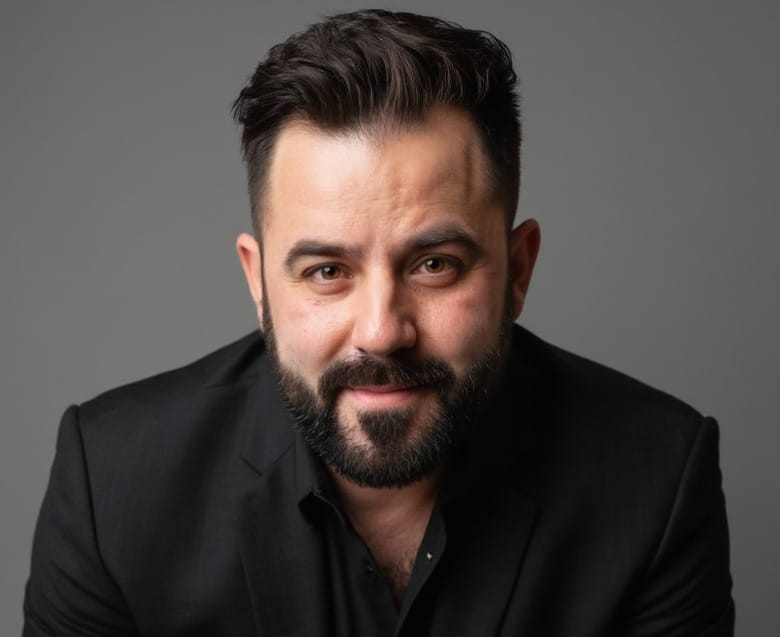
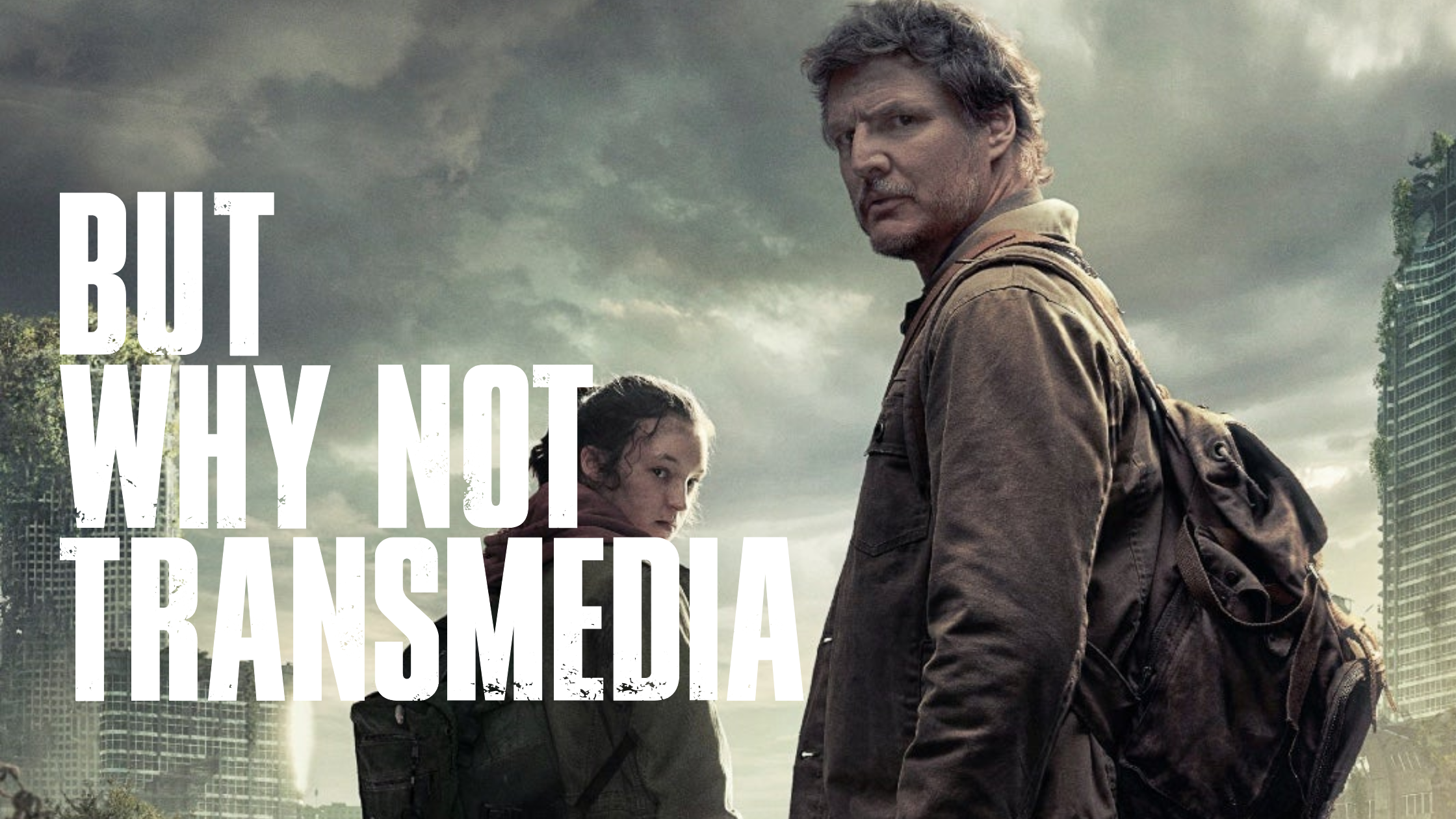
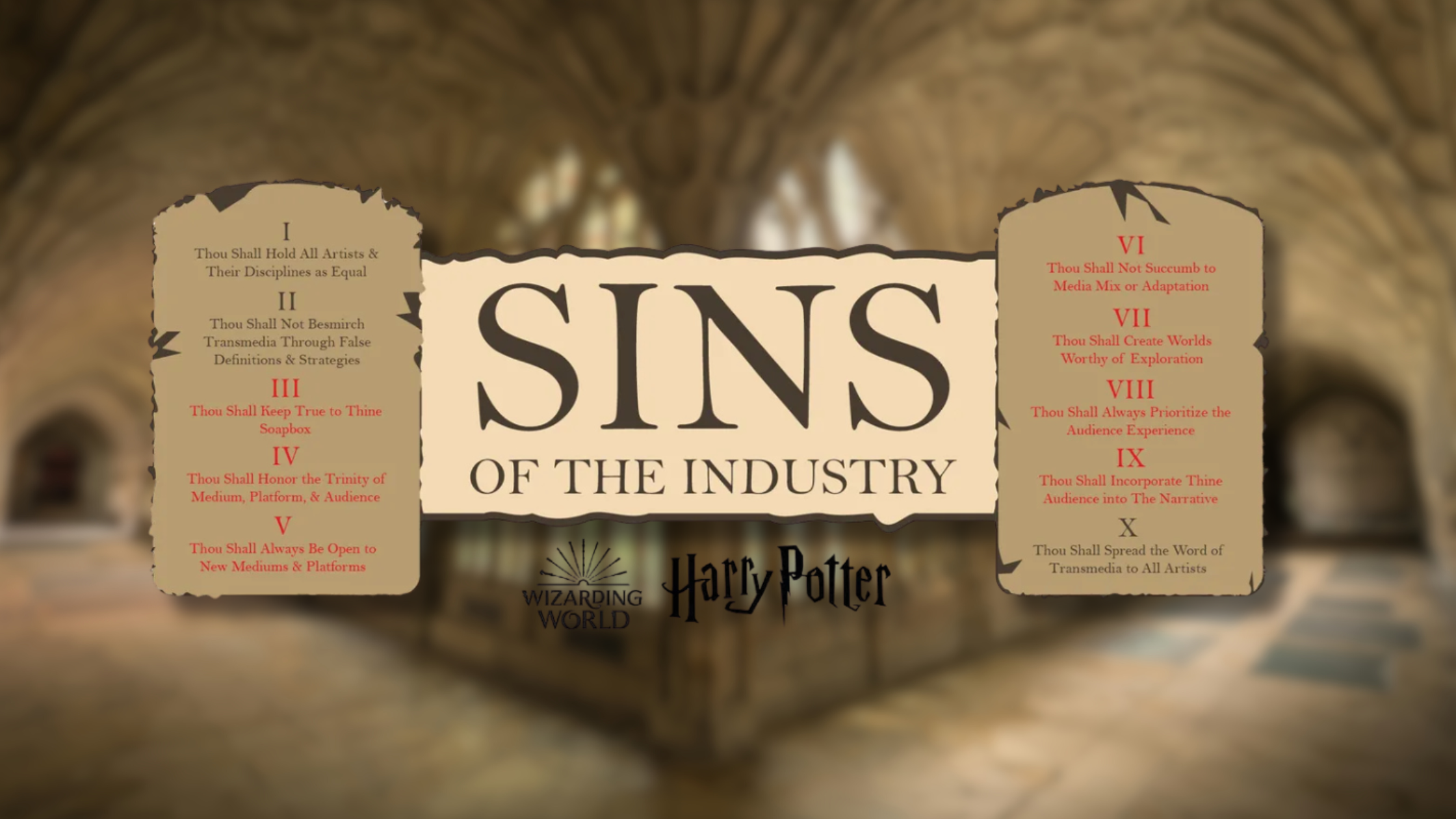

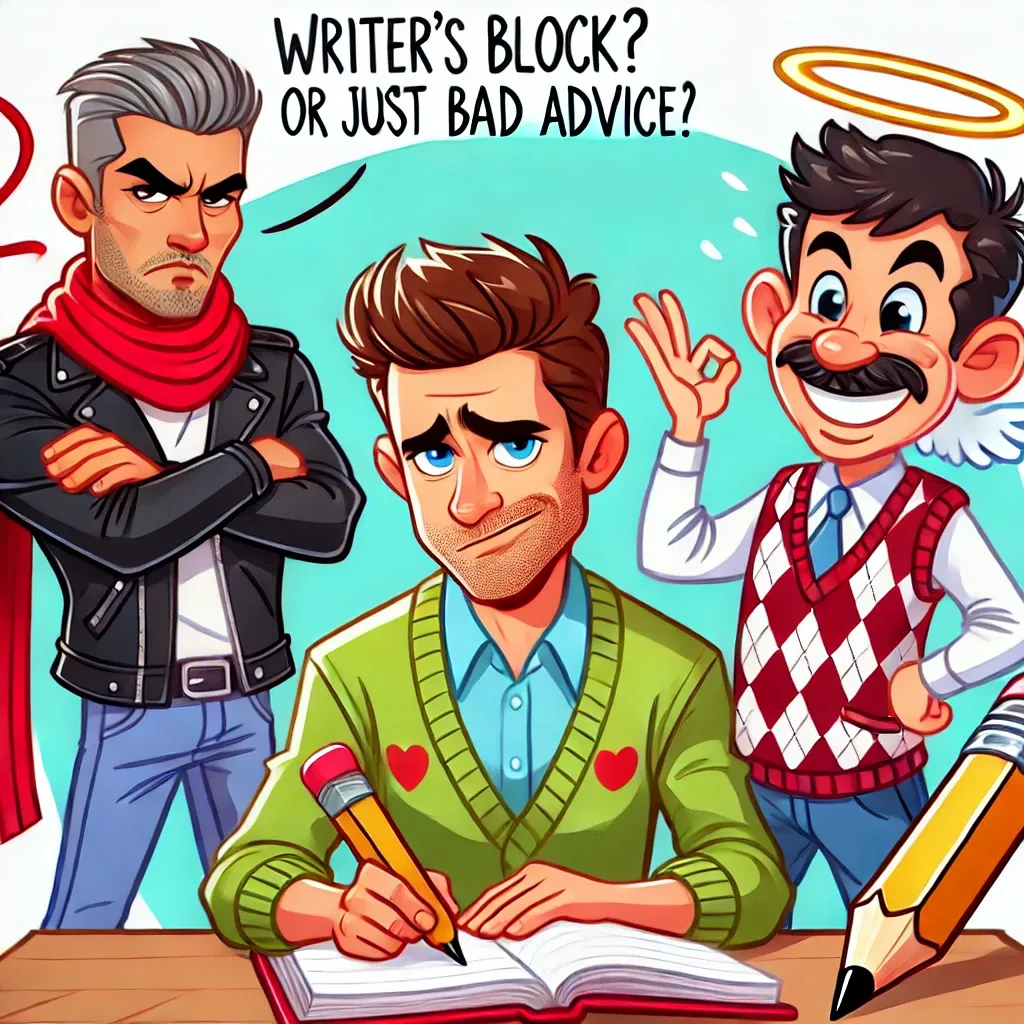
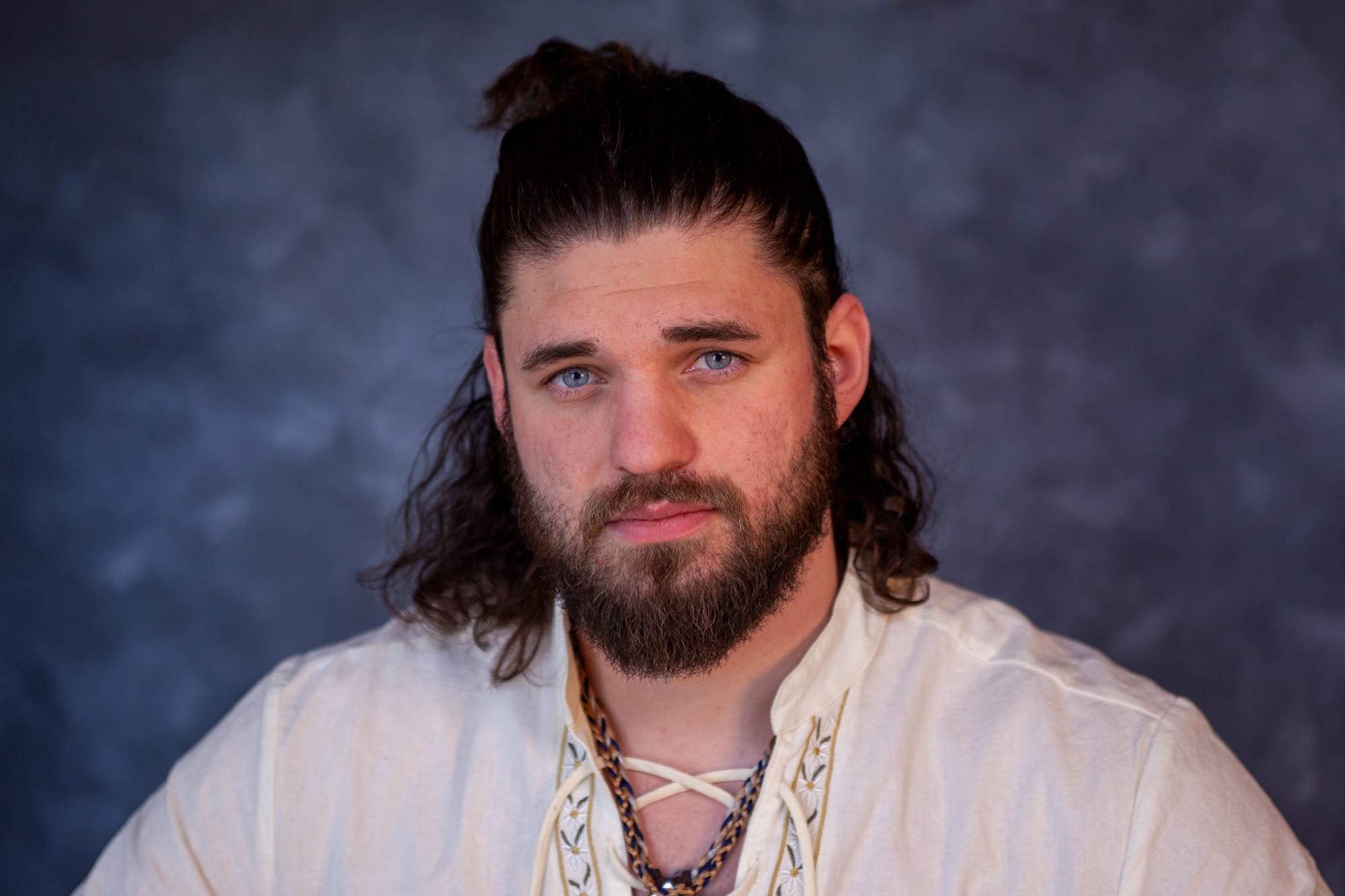



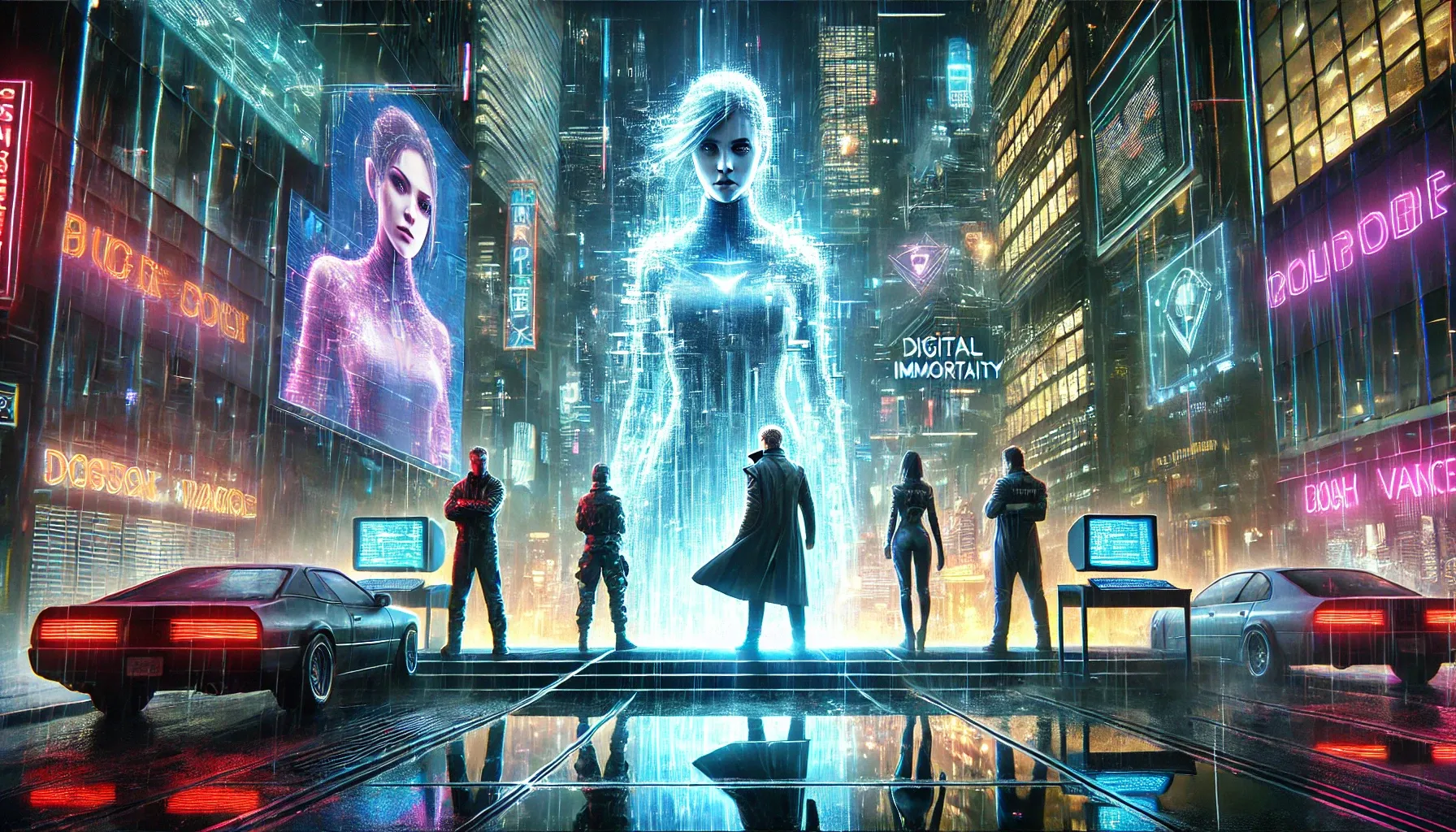



Discussion